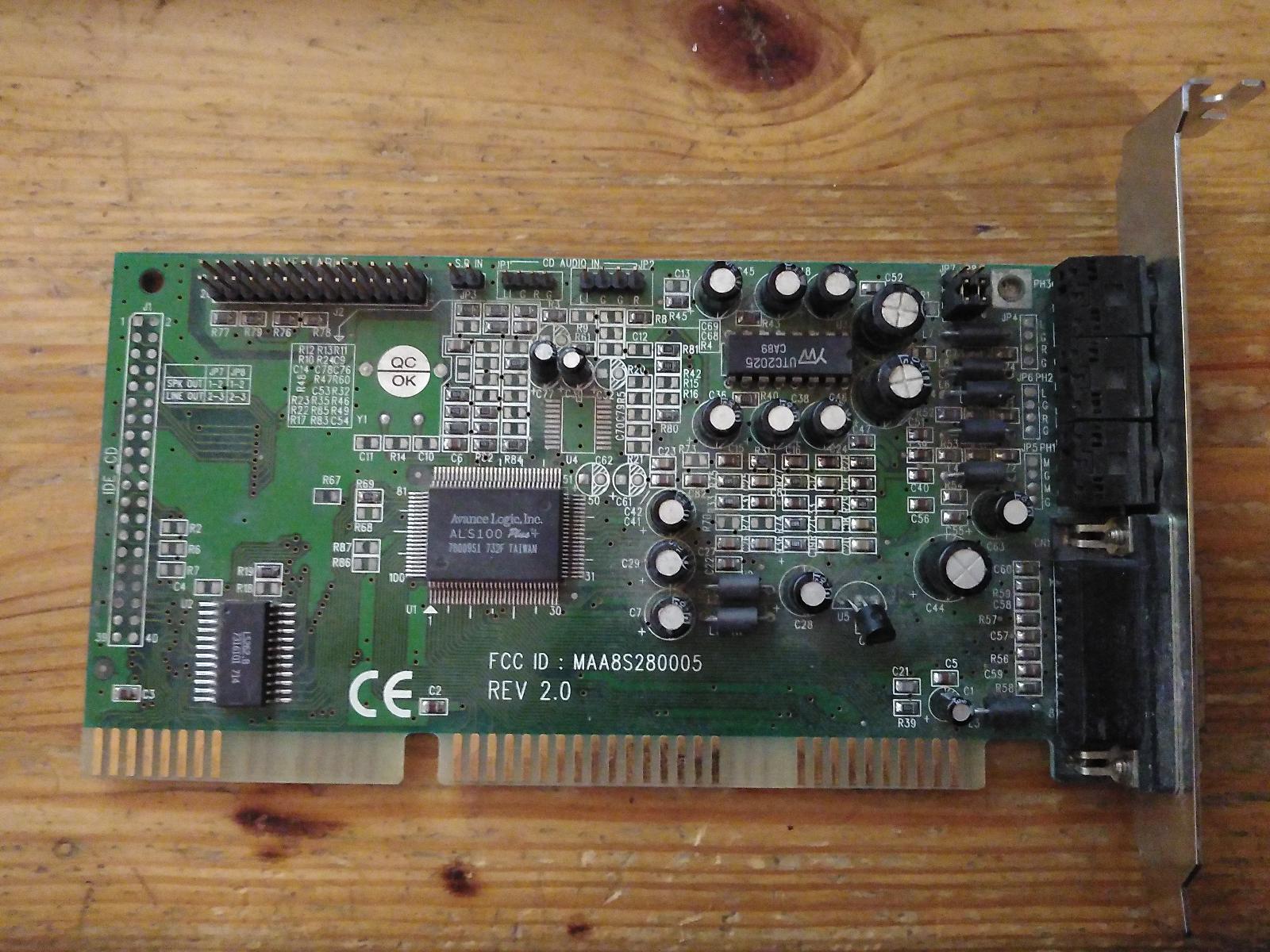koleq wrote on 2022-04-06, 12:03:
Is the Sound Blaster Vibra 16 a better card even though it will be much more expensive?
Does the SB Vibra 16 have High DMA?
Maybe a step back:
This High DMA is about (full) Soundblaster 16 compatibility. Originally, Soundblaster and Soundblaster Pro only used one DMA channel. Soundblaster 16 added a second one. Creative's cards used high DMA for the second channel, but for reasons only known to ALS, after having a fully compatible ALS100, they only allowed low DMA for the second DMA channel on the subsequent ALS100+ and ALS120 chips. This breaks compatibility with some games. In games that don't mind, you get full 16b sound.
But...
Most DOS games only use 8b 'Soundblaster Pro' sound anyway, so you're only missing a subset of a subset of games. Worst case, you need to choose SBPro2 and still get 8b, max 22kHz sound. SB16 compatibility in clones is very rare as it is - basically only these three ALS and two CMI chips offer it.
Apart from SB16, there are other considerations. A lot depends on exactly which Vibra 16 you have.
- All Creative SB16 cards and derivatives have MIDI bugs, some worse than others (see here: Sound Blaster: From best to worst ). ALS100+ has a relatively bug-free MPU401 implementation, and this card has a waveblaster header to match.
- The ALS100+ has a 1:1 Yamaha OPL3 clone (that "LS262" chip to its left). Some Vibra cards also have one, others have Creative's own CQM that sounds similar but not quite as good.
- Most Vibra cards suffer from clipping and hissing. This ALS100+ card won't.
- SB, SBPro2 and SB16 compatibility in Vibra cards is basically impeccable. The ALS100+ isn't bad, but as already mentioned, SB16 compatibility is incomplete and some old and very picky SB titles might also not like it.
- Self-noise and sensitivity to noise on the bus differs from card to card. Generally Vibra cards are quite good in this respect. Most ALS100+ cards are nasty, cheap and can be noisy.
Personally I prefer to use two cards in most systems, to avoid the worst SB16 bugs. If you combine the ALS100+ card with OPL3, no DA clipping in compatible games and good MIDI with the Vibra 16 with perfect SB(Pro/16) compatibility, you get the best of both worlds.

